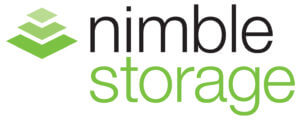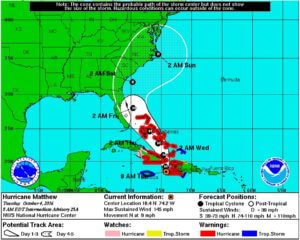Phishing Scams: Don’t Take the Bait
 We have received a couple of forwarded e-mails from clients over the past several days asking if a particular e-mail they received was legitimate and if it was safe to click on the contained links. The answer in all cases was NO, that these were bogus e-mails with links pointing to malware or spyware.
We have received a couple of forwarded e-mails from clients over the past several days asking if a particular e-mail they received was legitimate and if it was safe to click on the contained links. The answer in all cases was NO, that these were bogus e-mails with links pointing to malware or spyware.
Phishing attacks are more rampant then ever before, so we wanted to take this opportunity to share a few of our top tips for spotting phishing e-mails:
1) TIP 1: LOOK BUT DON’T CLICK
Hover your mouse over any links embedded in the body of the email. If the link
address displayed is different than the link in the e-mail, don’t click on it. For example:

2) TIP 2: ANALYZE FORMATTING AND LOOK FOR SPELLING MISTAKES
Phishing e-mails are often overly simple with poor formatting and
spelling errors. Brands are pretty serious about email, and legitimate
messages usually do not have major spelling mistakes or poor grammar.
3) DON’T TRUST THE DISPLAY NAME
A favorite phishing tactic among cybercriminals is to spoof the display name of an
email, because most user inboxes only present the display name. Check the
“From” email address in the header – if looks suspicious, don’t open the email.
4) BEWARE OF URGENT OR THREATENING LANGUAGE IN SUBJECT LINE
Invoking a sense of urgency or fear is a common phishing tactic. Beware of subject
lines that claim your “account has been suspended”, “payment has been declined”
or your account had an “unauthorized login attempt.”
Phishers are extremely good at what they do. Just because an email has convincing brand logos, language, and came from a seemingly valid email address, does not mean that it’s legitimate. Be skeptical when it comes to your email messages – if it looks even remotely suspicious, don’t open it. Always trust your gut!
If you’re concerned you’re not fully protected with the proper anti-virus software, Bluetowne can help. 843.352.0130 or [email protected]


 International Data Corporation (IDC) recently released a vendor profile on Nimble Storage providing their opinion of Nimble’s flash-optimized all flash arrays and hybrid flash arrays.
International Data Corporation (IDC) recently released a vendor profile on Nimble Storage providing their opinion of Nimble’s flash-optimized all flash arrays and hybrid flash arrays. MOUNT PLEASANT, S.C. – (October 27, 2016) –
MOUNT PLEASANT, S.C. – (October 27, 2016) –  A Microsoft study concluded that Official study by Microsoft and Stanford researchers: is adding a huge number of steps to people’s lives compared to before they started playing the game. The researchers estimate that Pokemon Go has added 144 billion steps to U.S. physical activity. That’s 143 roundtrips to the moon.
A Microsoft study concluded that Official study by Microsoft and Stanford researchers: is adding a huge number of steps to people’s lives compared to before they started playing the game. The researchers estimate that Pokemon Go has added 144 billion steps to U.S. physical activity. That’s 143 roundtrips to the moon. We are keeping a close eye on
We are keeping a close eye on 
 You’re buried. You’ve got looming deadlines, projects to manage and new ones to roll out. What you need are some extra hands to make sure your end-users get what they need, when they need it.
You’re buried. You’ve got looming deadlines, projects to manage and new ones to roll out. What you need are some extra hands to make sure your end-users get what they need, when they need it.


